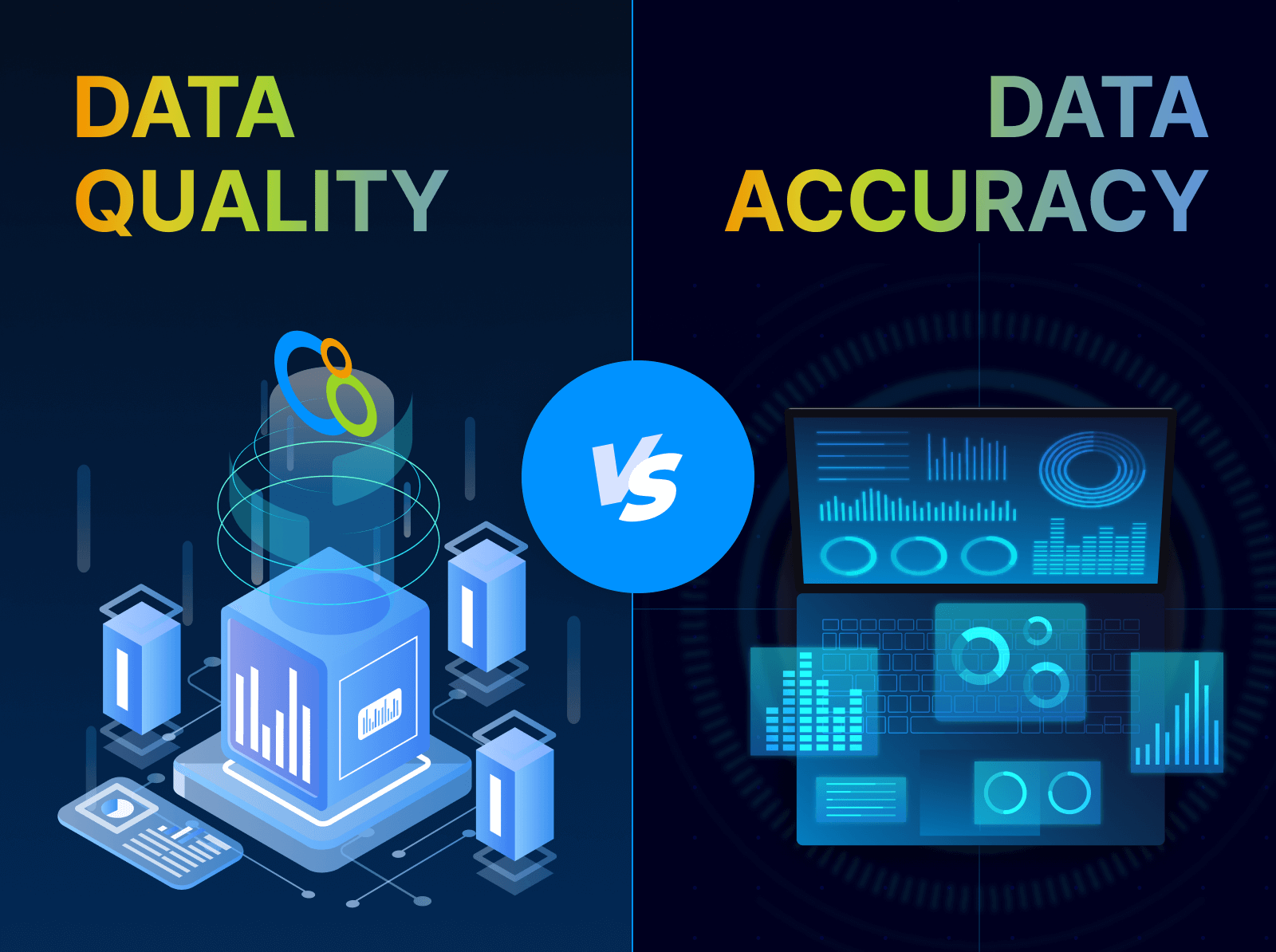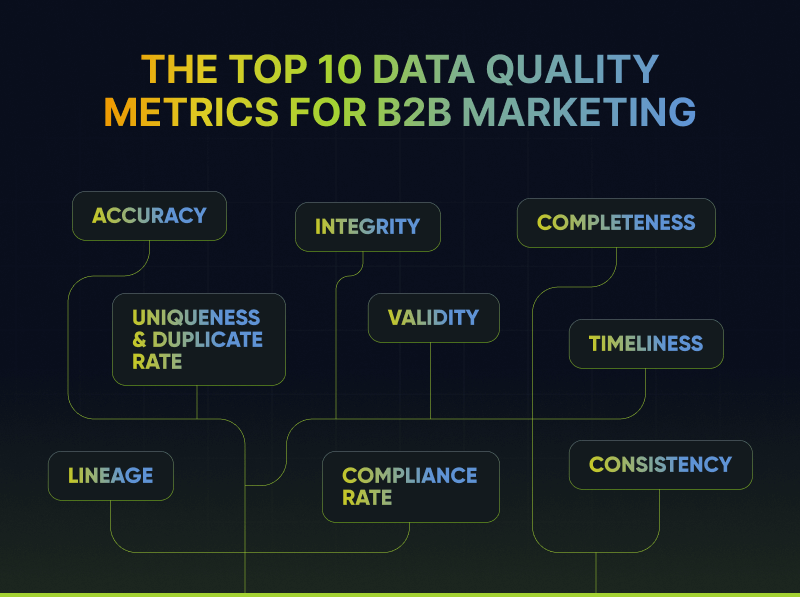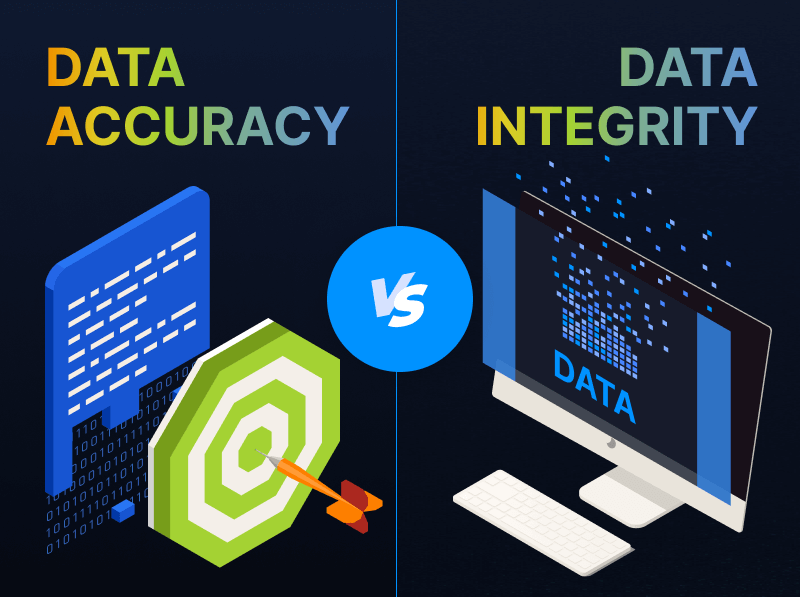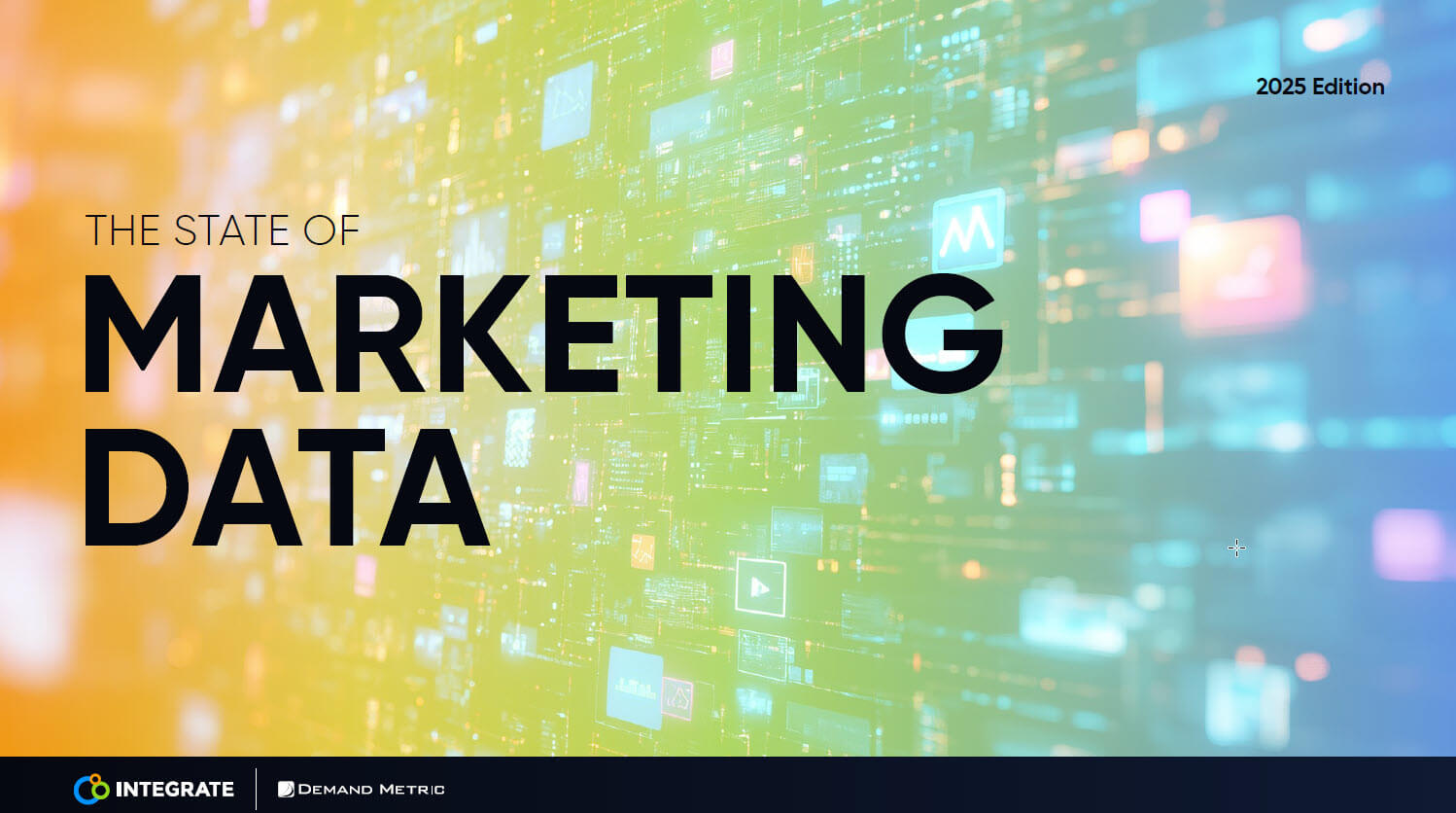Demand Generation vs. Lead Generation: What’s the Difference?
As a sales operations professional, I work very closely with Integrate’s marketing, sales and executive teams. Further, on numerous occasions, the executive team and sales leadership have used the terms demand gen and lead gen interchangeably. This common and seemingly minor mistake is one that should be avoided, as there are significant differences between demand generation and lead generation – differences that any B2B executive or sales leader should understand.
While these terms have been used interchangeably by many B2B marketing professionals, they’re not the same thing. In a demand generation-driven marketing environment, your team is tasked with converting interest in your product or services into demand, which may be measured in leads, but is typically measured in opportunities or sales pipeline value.
The majority (80 percent) of today’s marketers rate their efforts to generate new leads as only “slightly” or “somewhat” effective. Filling your sales pipeline with marketing-qualified leads (MQLs) is a challenge for organizations of all sizes. However, understanding how lead generation fits into the larger spectrum of a holistic demand generation strategy may help marketers adopt smarter methods of measuring demand generation and improve their data-driven marketing programs.
What Is Demand Generation?
Demand generation is creating a want for your products or services. This want may not always translate to a closed-won deal as various issues can prevent it from becoming a purchase – for example, cost, lack of organizational preparedness (i.e., not enough resources, training, infrastructure), no executive buy-in and more.
Still, this demand is a pivotal part of a B2B marketing program’s ultimate goal of driving net-new or up-/cross-sell deals.
Demand gen supports the entire marketing and sales cycle, from initial prospect interest and lead generation to lead nurturing and sales enablement to first sale and cross-sell. Demand generation is in fact key to providing the full-funnel education needed to ensure loyal, profitable customer relationships.
For B2B marketers new to the concept of demand generation, it often represents a shift in thinking from generating leads to generating pipeline opportunities and revenue.
Demand Generation Activities
While the specific marketing tactics used within a demand generation strategy can vary between organizations, they may include:
- Inbound and website marketing
- Content marketing
- Content syndication
- Event marketing
- Social media marketing
- Paid advertising
- Lead nurturing via marketing automation
- Lead scoring
- Program measurement and optimization
- Sales/marketing alignment activities, such as sales enablement
What Is Lead Generation?
A sub-category of demand gen, lead generation is the practice of collecting information on targeted individuals that can then be used to qualify and nurture prospects into sales-ready leads, pipeline opportunities and eventually customers. The goal of a B2B lead generation program is simpler than that of a demand gen program – to convert targeted audiences into a high volume of quality leads. In other words, lead gen focuses on top-funnel performance, while demand gen focuses on full-funnel performance.
Lead Generation Activities
While specific lead generation tactics vary by organization, they typically include:
- Third-party content marketing offers, such as whitepapers, eBooks case studies and more
- Inbound content offers on company website and landing page forms
- Webinars
- Paid, targeted advertising on social or in search
- Ad retargeting
- Live events
Demand Generation Vs. Lead Generation: What’s The Difference?
The difference between lead and demand generation is that lead gen is just one aspect of a holistic demand generation program – it’s just one tactic in the B2B demand marketing strategy.
Since demand generation is the broad activity of creating an increasing want for a product or service, content marketing is typically used in a much wider range of ways for demand gen than for lead gen.
Using content marketing for demand generation encompasses more tactics than lead magnet content locked behind a landing page. Some of the ways that demand marketers create and distribute content beyond simple lead gen purposes include:
- Publishing press releases
- Pitching media outlets to submit expert insight and quotations
- Publishing columns, bylines or high-quality blog content to build influence over time
- Building trust with an audience by distributing free content via third-party blogs and social media
- Using organic search optimization tactics to increase search engine ranking and authority
- Optimizing lead nurturing tracks based on performance metrics
Demand generation content marketing may support the brand’s objectives of gaining share of conversation, increasing awareness and developing a reputation as trusted subject-matter experts. In contrast, lead generation content marketing usually focuses on trading premium content for an individual’s contact information using owned or third-party forms or event registrations.
Can You Do Lead Generation without Demand Generation?
Absolutely. There are plenty of inbound marketers and B2B marketing teams who are using lead generation tactics without adopting a demand generation mindset. Some of these teams are remarkably successful and may consistently exceed their revenue targets by using best-of-class practices to optimize their landing pages, A/B test form fields and create original, high-quality thought leadership content.
However, without the down-funnel focus employed by demand gen strategies, B2B marketing teams are less likely to provide the full support necessary to ensure those leads convert to real value for the business in the form of customers, revenue and profit.
Using Demand Generation To Strengthen B2B Marketing Efforts
While lead generation is a component of demand generation, it’s important to understand that a total demand generation mindset is likely to support your B2B marketing goals far more than what lead generation alone can provide. Marketers are increasingly asked to focus more on lead quality rather than just quantity, and engage these contacts until they’re sales-ready opportunities. Today, marketing’s success is rarely judged by the total number of leads generated, but rather by lower-funnel metrics such as MQL-to-SQL conversion rates and pipeline value creation.
Further, using wider demand generation tactics typically leads to more intelligent lead generation efforts due to a deeper understanding of bottom-funnel performance. By closing the loop on marketing performance, demand marketers can fine-tune their lead generation efforts to capture more-qualified opportunities. With better brand authority and customer trust, they may increase their visitor-to-lead conversion rates. Even though lead generation is just one part of a demand gen strategy, it’s hard to dispute that demand generation fuels lead conversion at many B2B brands.
Will My Organization Benefit More From Lead Or Demand Generation?
Though B2B marketing has evolved substantially over the last few years, demand marketers are often asked by other B2B marketers if they should focus on generating leads or demand. The answer is almost always both.
Asking if lead generation vs. demand generation is best is like asking a professional baseball team manager if you should focus on scoring runs or getting on base. You can’t score runs unless you get on base. However, there’s a lot more to scoring runs than just hitting the ball or walking. While batting practice will improve your team’s success, you’re going to derive the most benefit from a holistic focus on hitting, running, defensive plays and all other aspects of competitive gameplay.
Lead generation tactics are a critical part of a demand generation program. Without landing page forms, your organization will struggle to capture the contact information you need to begin conversations that translate to pipeline and revenue. However, you must also focus on building the awareness and authority you need to get qualified prospects to your website in the first place, as well as the nurturing and sale enablement efforts to bring more value to the business. For most B2B organizations, a demand generation strategy that includes lead generation tactics is likely to drive the best results.









